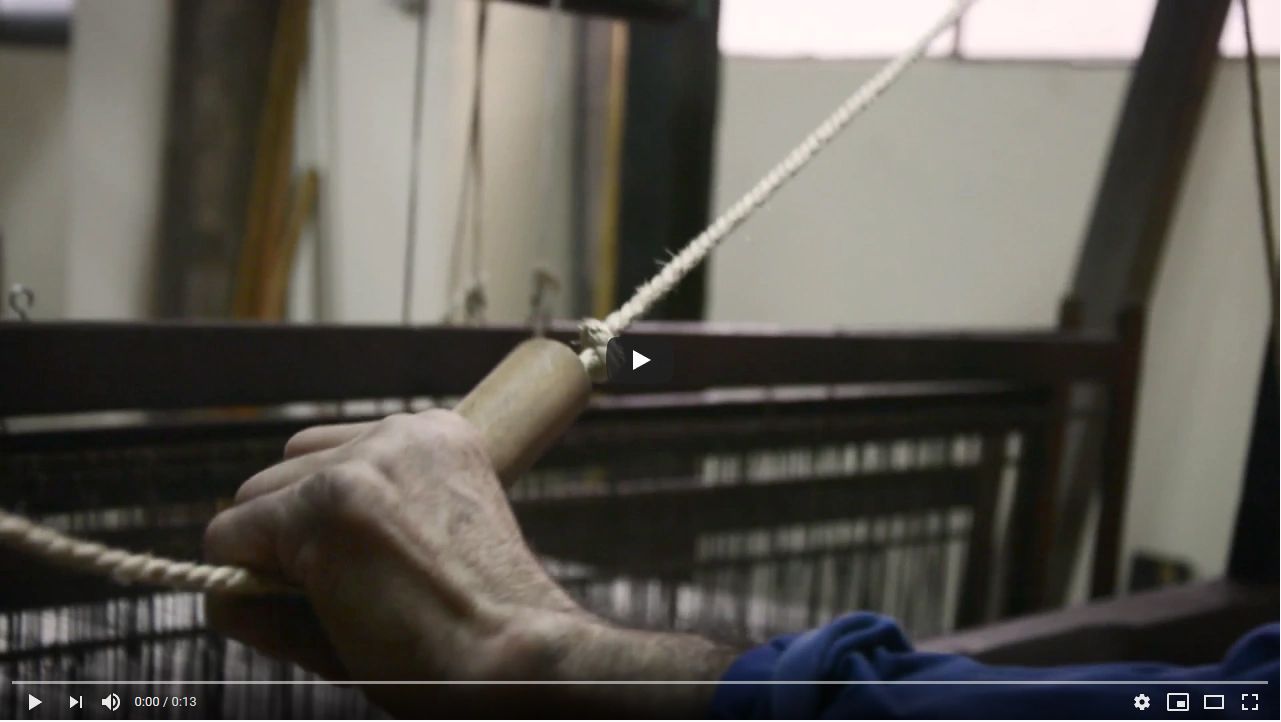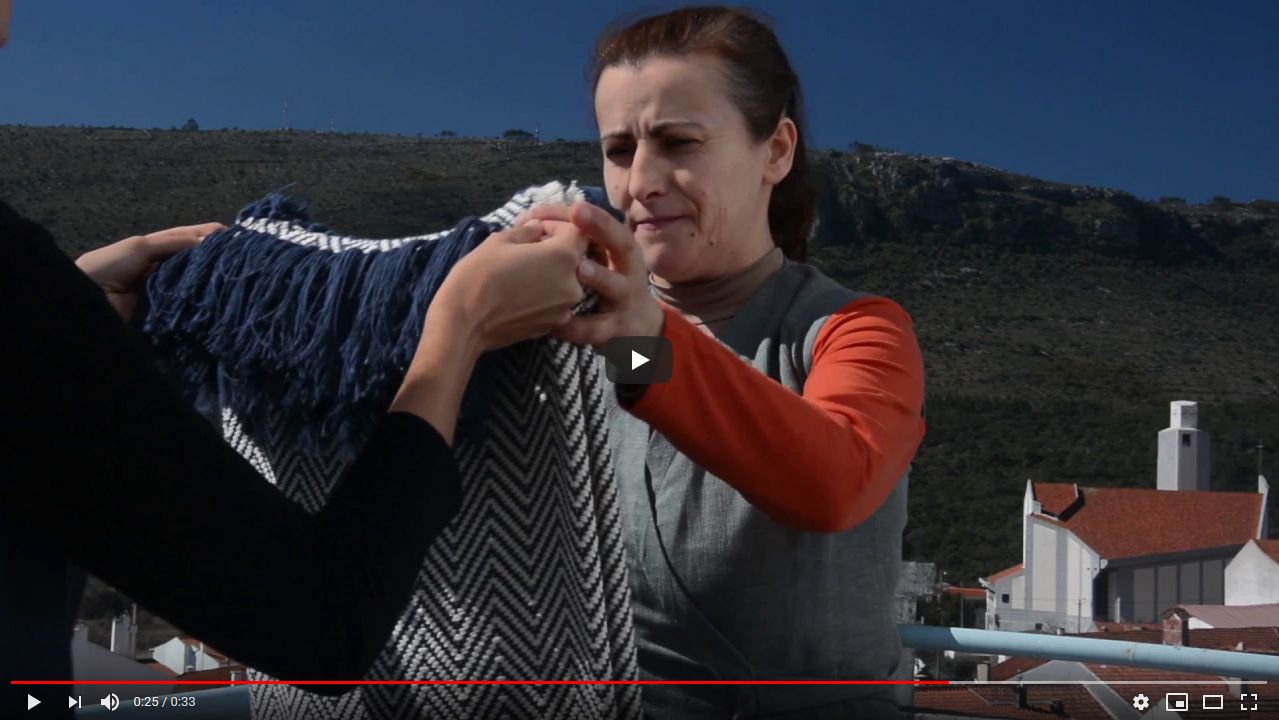How it started ...
A heart began to beat in the 80's, starting with the wool trade that already existed in the family and that would make perfect sense to develop by creating and producing our own products.
The acquisition of old machines in factories that had closed and were destined for “slaughter” or simple abandonment, paved the way for the passionate process of transforming wool into yarn and finally into fabrics.
In 2010, we opened doors in the heart of Lisbon, in Chiado, which set the tone for our brand - CHIcoração. It was just the beginning of a hike. Today you can find us at Alfama, always committed to growing in quality and innovation, ensuring the excellence of our products.








